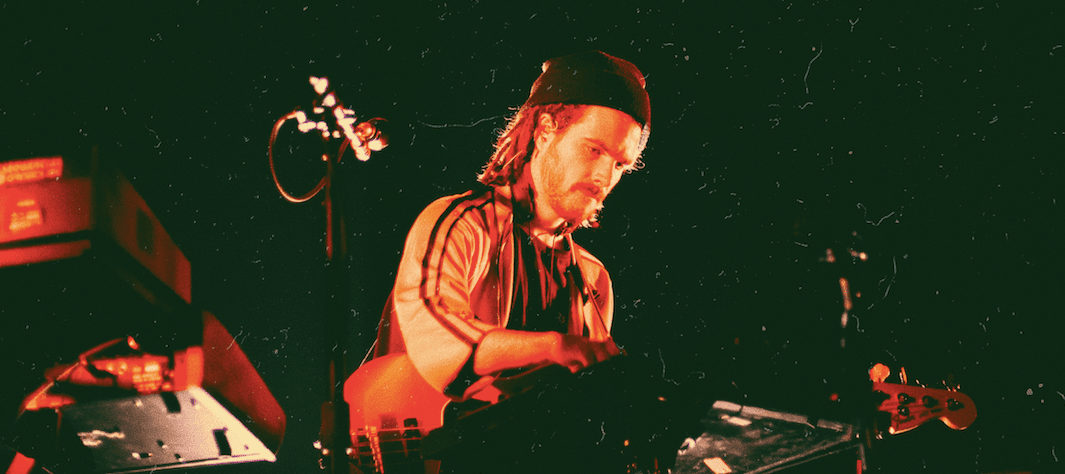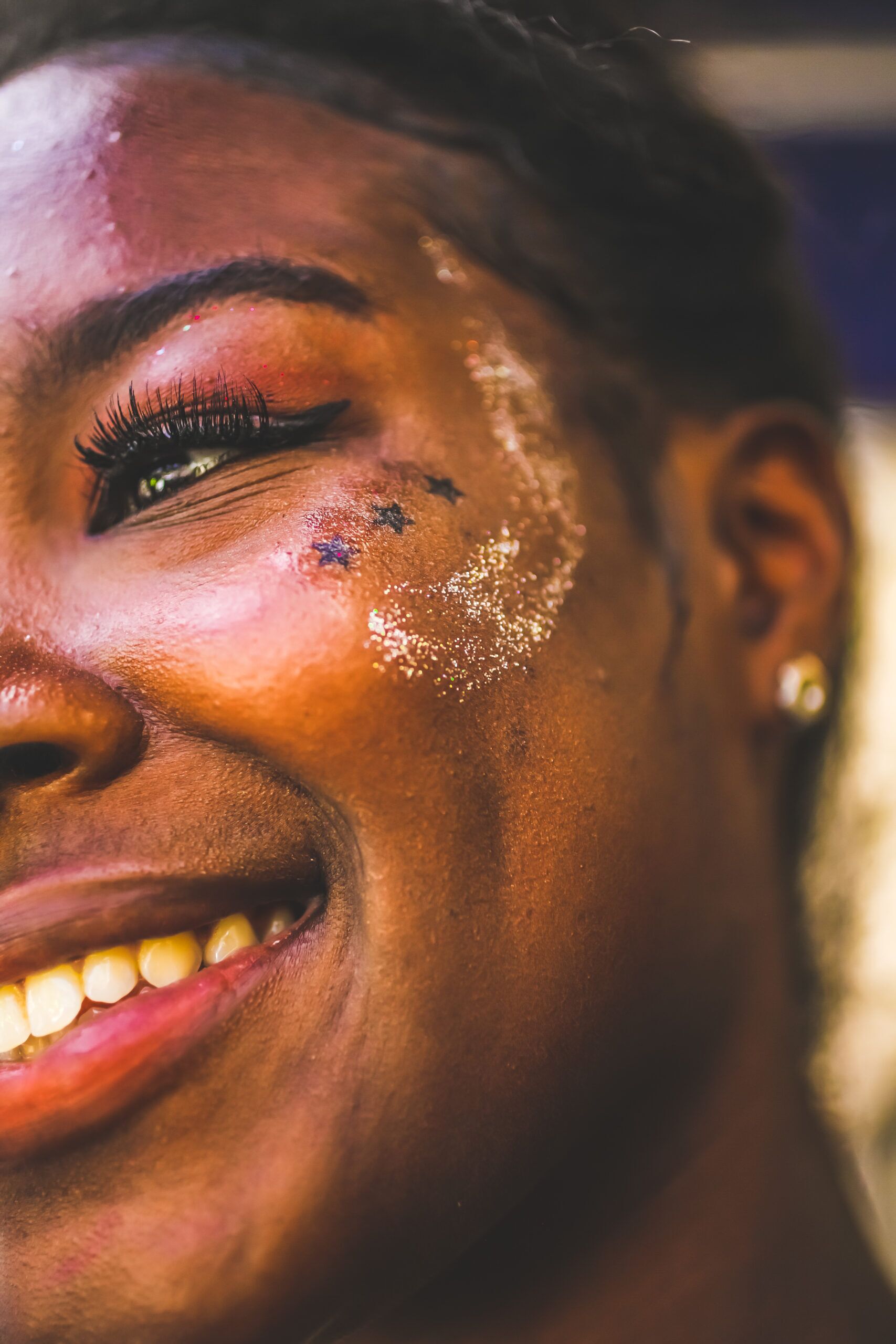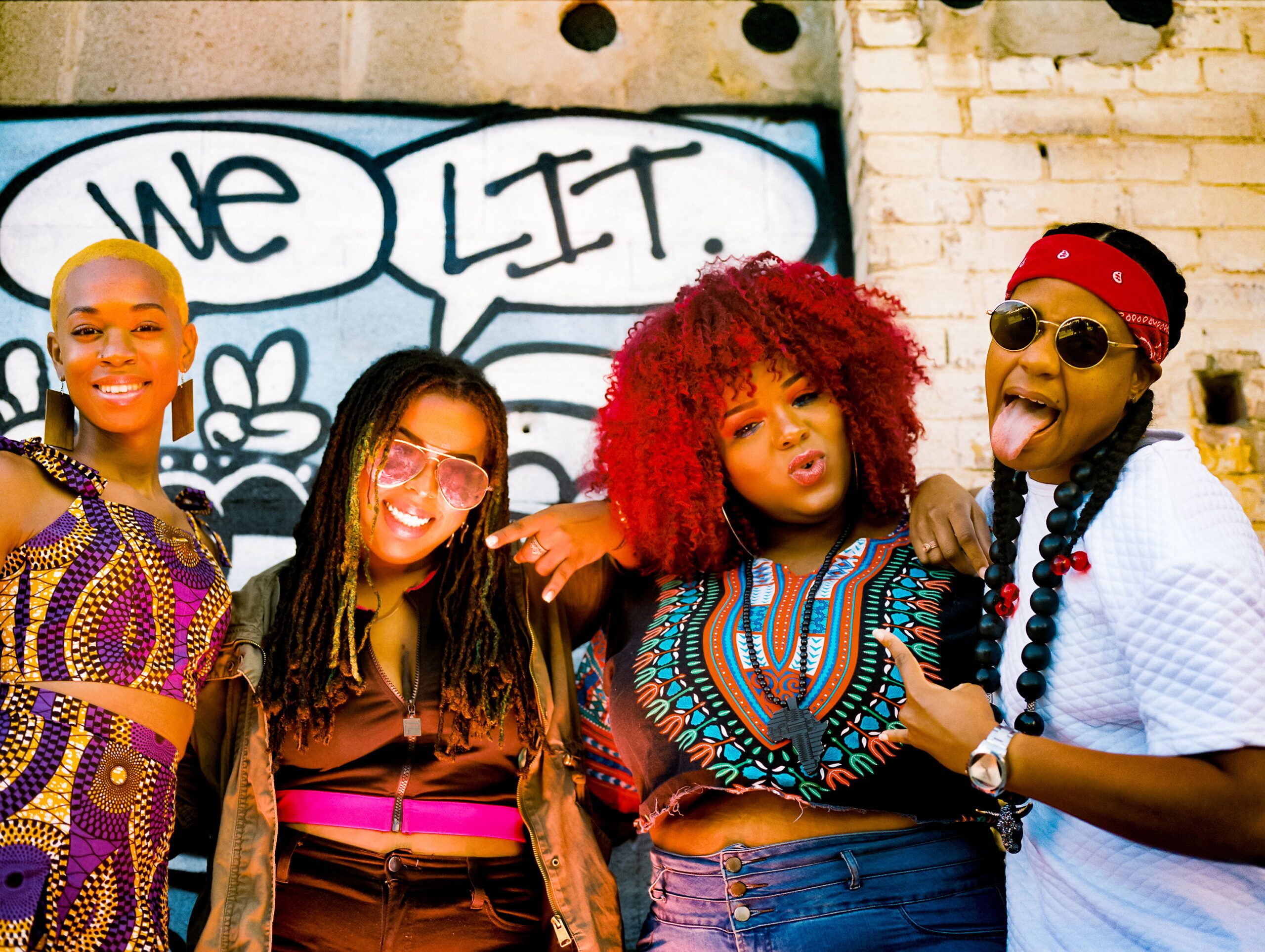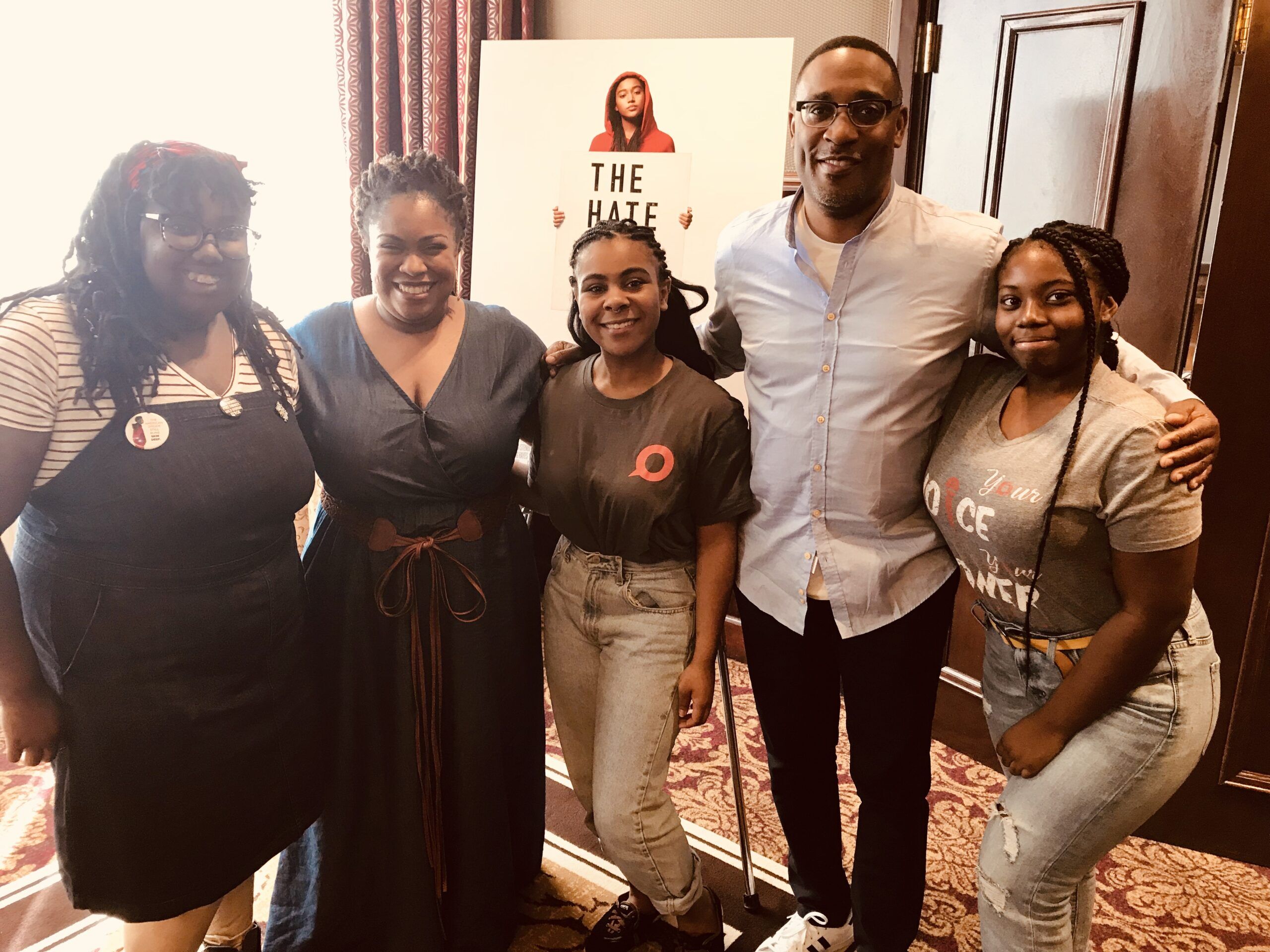
FKJ Delivers a Symphony of Sound and Color [GALLERY]
French multi-instrumentalist, DJ and producer French Kiwi Juice (FKJ) sold out Variety Playhouse in Little Five Points, creating a cinematic experience between him and the

French multi-instrumentalist, DJ and producer French Kiwi Juice (FKJ) sold out Variety Playhouse in Little Five Points, creating a cinematic experience between him and the

This visual celebration of queer black girls explores the diverse forms in which they display both their queerness and their Black Girl Magic as one.

In a time when it is more necessary than ever to amplify the voices of social justice-oriented young people, Atlanta-area teens explore what art and

VOX ATL sat down with The Txlips to discuss issues black women face in the music industry, utilizing music as a platform for social justice

VOX ATL reporters Lyric, Erin and Rachel talked with “The Hate U Give” creators Angie Thomas and George Tillman Jr. about the importance and necessity
In a society in which blackness is criminalized and defined by stereotypes, Afropunk reminds the world that black people are more than FOX News headlines
For me, “The Hate U Give” taught an important lesson: that it is okay to be an angry black girl. Because, collectively within the black
Many say that the youth are shaping the future. However, a closer look at the youth-driven movements for change and social activism prove that they
VOX ATL reporters Amariyah Callender and Erin Davis had the opportunity to receive exclusive red carpet access at the Atlanta press screening for “The Hate
“But the beauty of truth is that, once released, it can never be sealed into one’s insides left to rot once more, or breed an